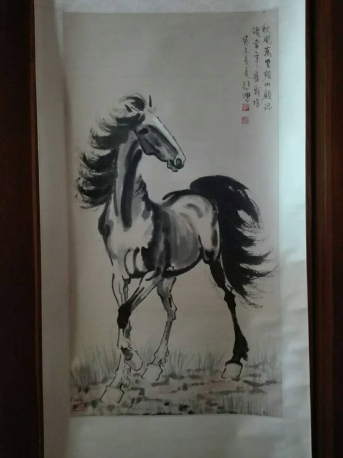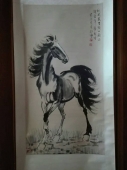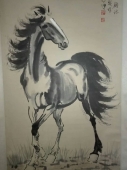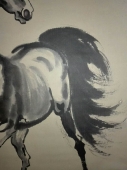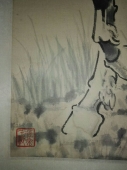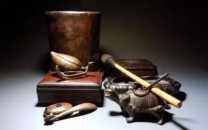徐悲鸿《骏马图》
(平台服务时间:周一到周五 9:00-17:00)
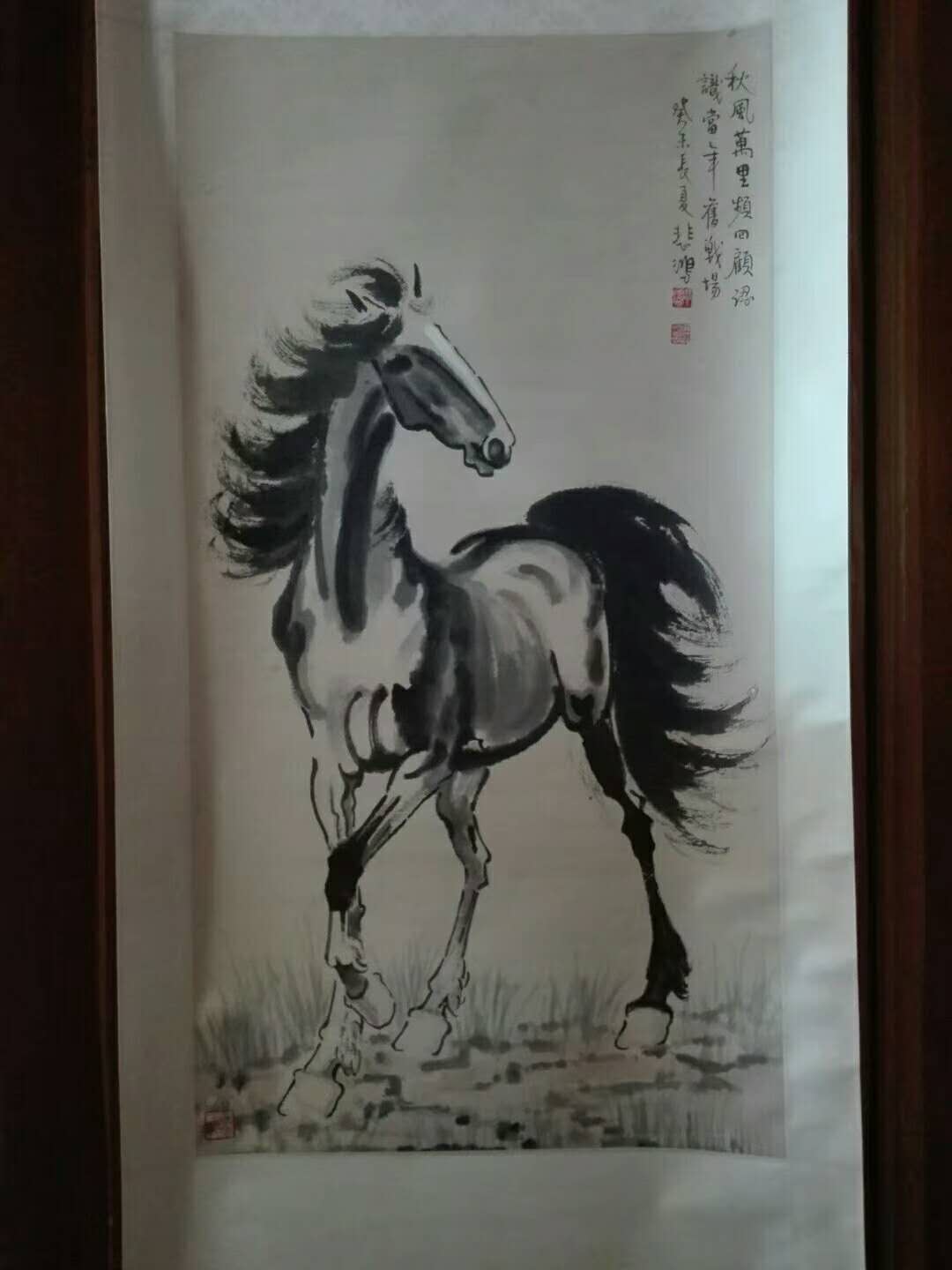
- 资质:
- 评分:
1分 2分 3分 4分 5分 6分 7分 8分 9分 10分 7分
- 印象:
- 经营时间:2023年
- 展厅面积:500平米
- 地 区:上海-静安
| 尺寸 | 48x92(cm) | 创作年代 | 不详 | ||
|---|---|---|---|---|---|
| 作品分类 | 当代水墨 | 材质 | 纸本 | 题材 | 动物 |
| 作品标签 | |||||
| 适用空间 | |||||
作品介绍
近日有幸征集到一幅徐悲鸿款骏马图长92cm.宽48cm。徐悲鸿喜欢画马,但不像古人那样热衷于画鞍马,他喜欢画野马,喜欢野马的自由和那豪放不羁的气质,更便于抒发自己的情怀。这些马儿们几乎都没有马鞍,没有缰绳,这样的考虑不仅从外形显出马的神骏和壮美,更是非常到位地把握住了一种自然的野性。徐悲鸿先生总结说:‘美术之大道,在追索自然。
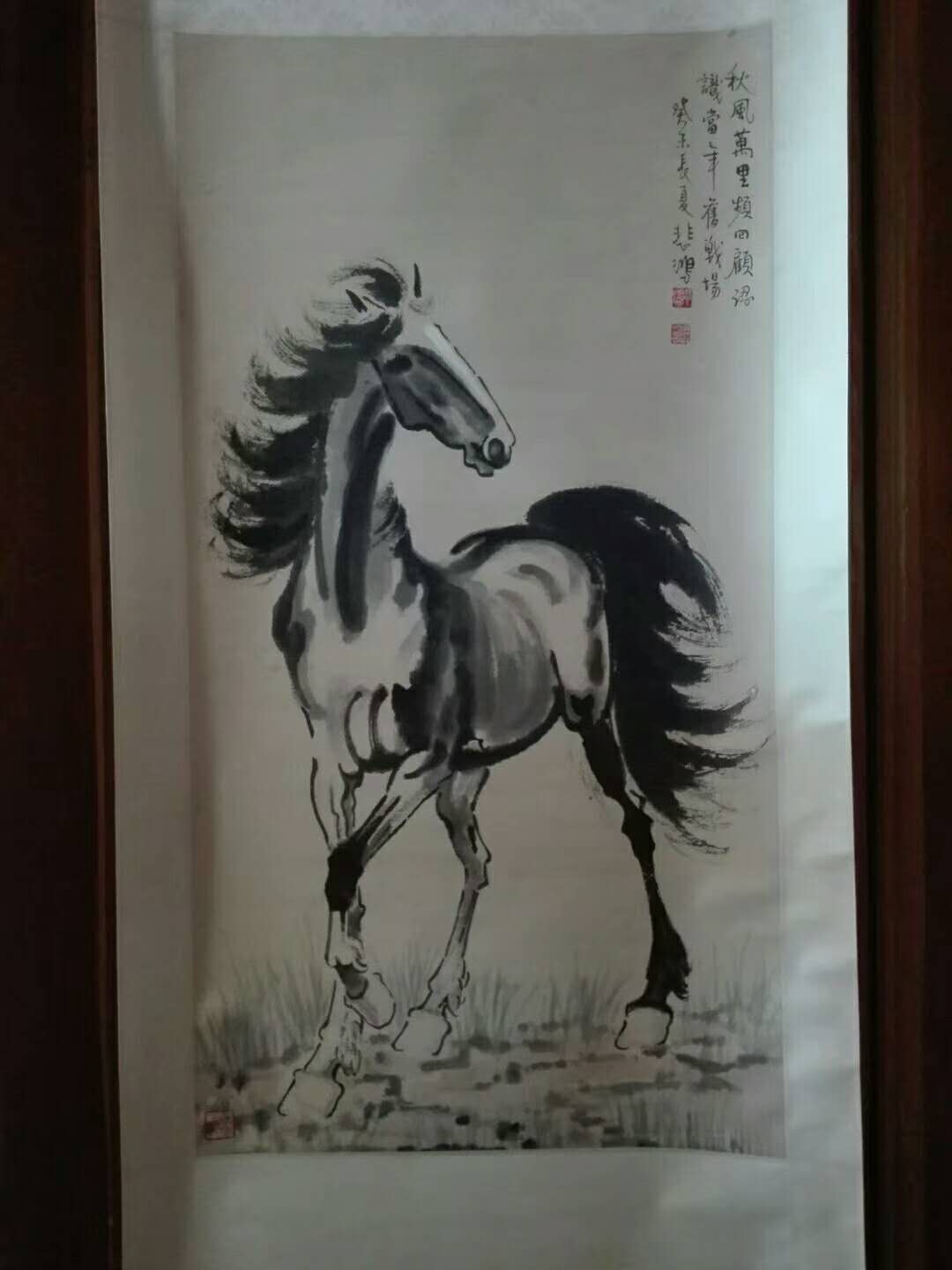
徐悲鸿善于画马,对马的结构和习性都非常熟悉,尤其表现在对细节的描绘上。他所画的马,鼻孔都特别大,他认为鼻孔大的马,肺活量也会相对较大,跑起来才会有力而且耐久;马腿的比例,相对稍长,徐悲鸿认为腿和蹄是马奔跑的工具,长腿跑起来较快。至于蹄,看来好似一两笔简单带过,但却是花费了长时间研究描摹的结果。
他曾说过,马蹄比女人的高跟鞋还难画。那是因为马蹄是力量与重心的集结所在,是动静灵活的关键;拂动的马鬃和马尾,是表现马刚柔相济的魅力所在。徐悲鸿认为毛笔太软,画不出鬃尾的质感和劲力,所以他常用硬笔扫出鬃尾,使之纤毫毕露,而呈现出动力的美感。
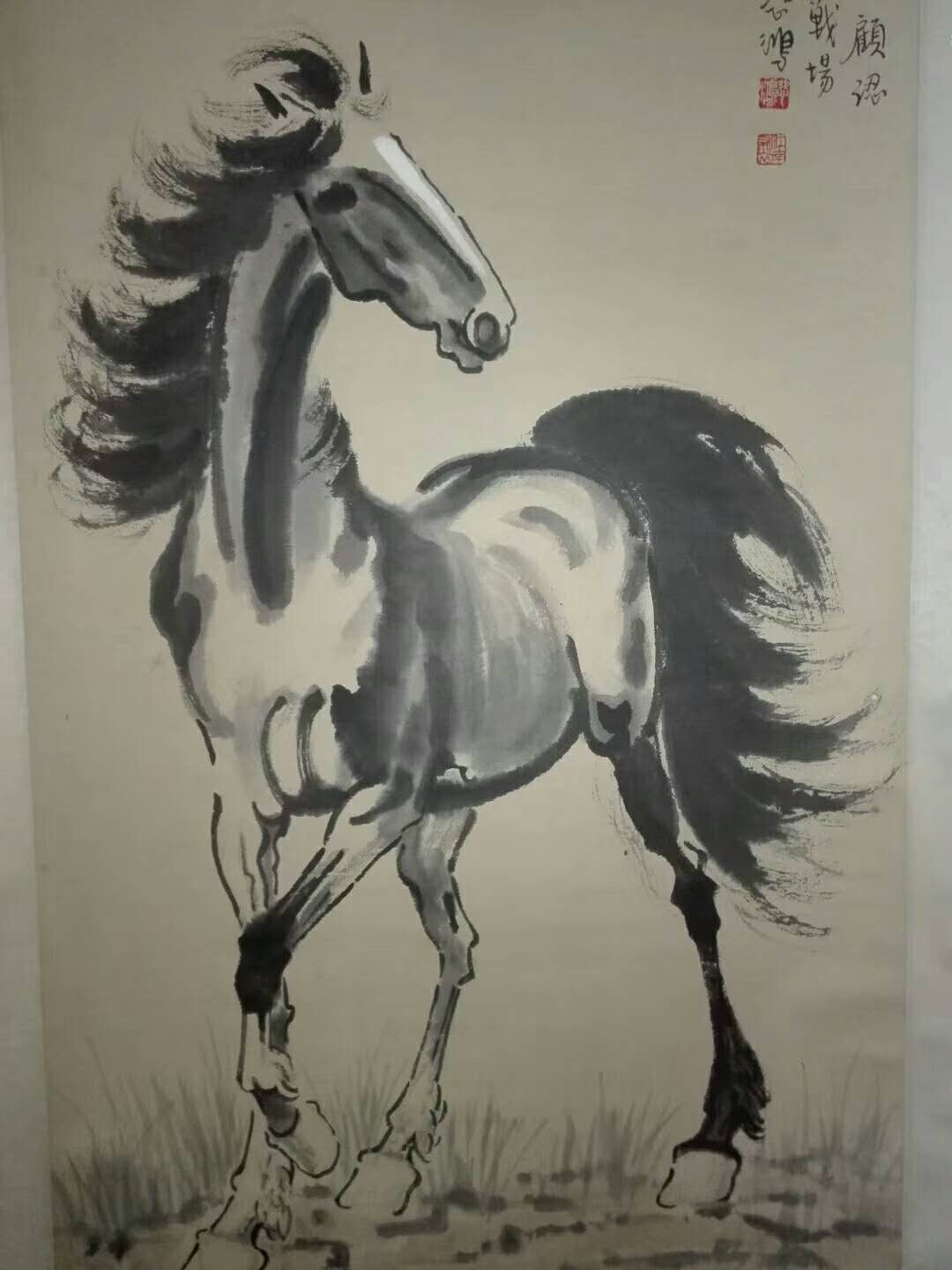
徐悲鸿所画的奔马,桀骜不凡,自由奔放,观之令人惊心动魄,在写实之中充满了浪漫主义的风格。画家不仅把骏马作为自己绘画风格的象征,更是一种精神的追求,是对自由和激情的赞美和讴歌,,具有很高收藏价值。
英文翻译:
Recently, I was fortunate to collect a picture of a horse drawn by Xu Beihong, 92cm long and 48cm wide. Xu Beihong likes to draw horses, but he is not as keen on painting pommel horses like the ancients. He likes to draw wild horses. He likes the freedom and unrestrained temperament of wild horses, which makes it easier to express his feelings. These horses have almost no saddles and no reins. Such consideration not only shows the horse's magnificence and magnificence from the appearance, but also grasps a natural wildness very well. Mr. Xu Beihong concluded: ‘The avenue of fine arts is in pursuit of nature.
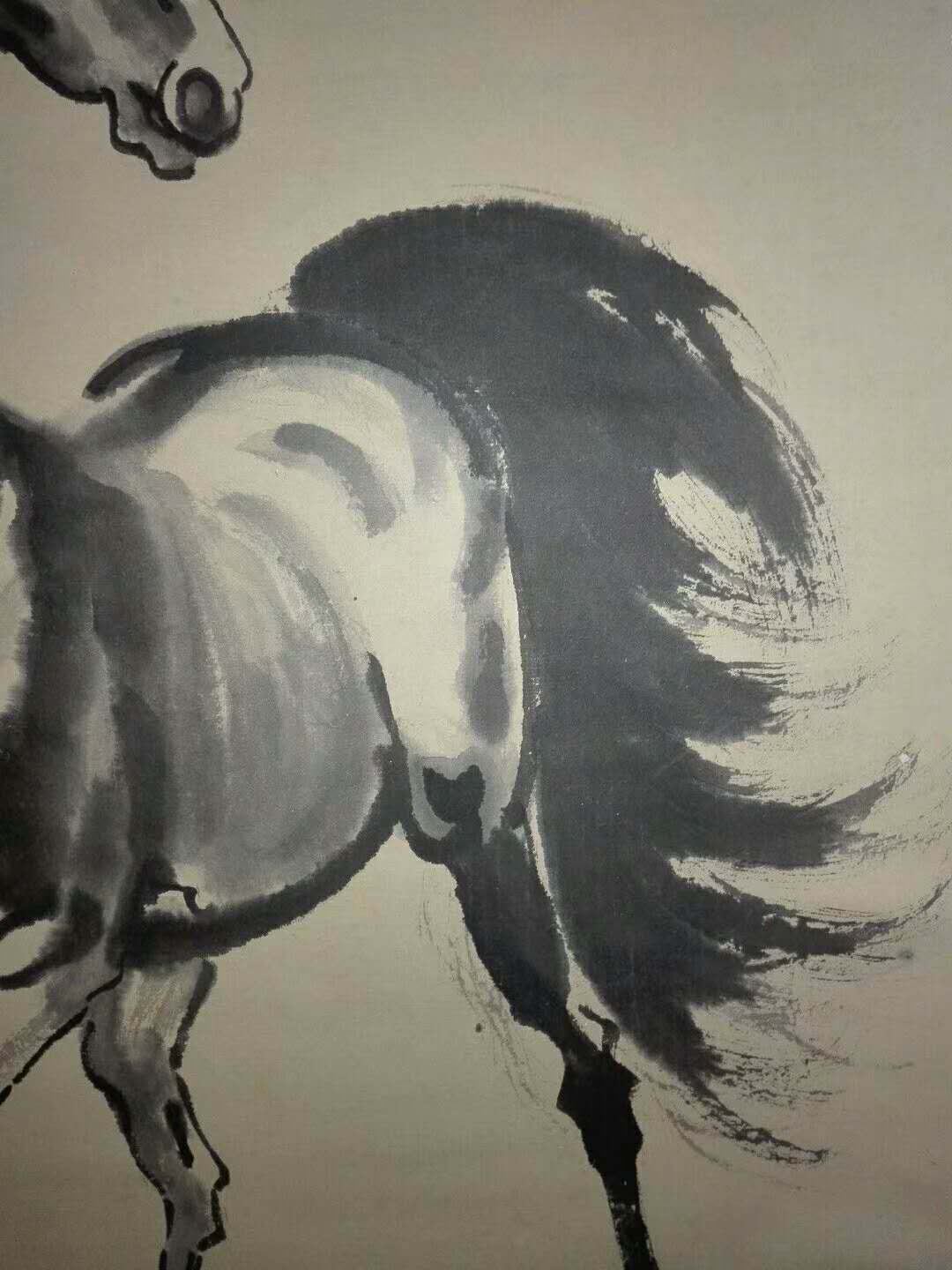 Xu Beihong is good at drawing horses and is very familiar with the structure and habits of horses, especially in the depiction of details. The horses he painted have very large nostrils. He believes that a horse with a large nostril will have a relatively large lung capacity, so that it will be strong and durable when running. The ratio of the legs of the horse is relatively longer. Xu Beihong believes that the legs and hooves are the horses running. Tools, long legs run faster. As for the hoof, it seems like a simple stroke or two, but it is the result of a long time studying and tracing.
He once said that horseshoes are more difficult to draw than women's high heels. That's because the horse's hoof is the gathering place of strength and center of gravity, and is the key to movement and flexibility; the whisking mane and tail are the charm of the strength and softness of the horse. Xu Beihong believes that the brush is too soft to draw the texture and strength of the tail of the mane, so he often uses a hard pen to sweep out the tail of the mane to make it delicate and show a dynamic beauty.
Xu Beihong is good at drawing horses and is very familiar with the structure and habits of horses, especially in the depiction of details. The horses he painted have very large nostrils. He believes that a horse with a large nostril will have a relatively large lung capacity, so that it will be strong and durable when running. The ratio of the legs of the horse is relatively longer. Xu Beihong believes that the legs and hooves are the horses running. Tools, long legs run faster. As for the hoof, it seems like a simple stroke or two, but it is the result of a long time studying and tracing.
He once said that horseshoes are more difficult to draw than women's high heels. That's because the horse's hoof is the gathering place of strength and center of gravity, and is the key to movement and flexibility; the whisking mane and tail are the charm of the strength and softness of the horse. Xu Beihong believes that the brush is too soft to draw the texture and strength of the tail of the mane, so he often uses a hard pen to sweep out the tail of the mane to make it delicate and show a dynamic beauty.
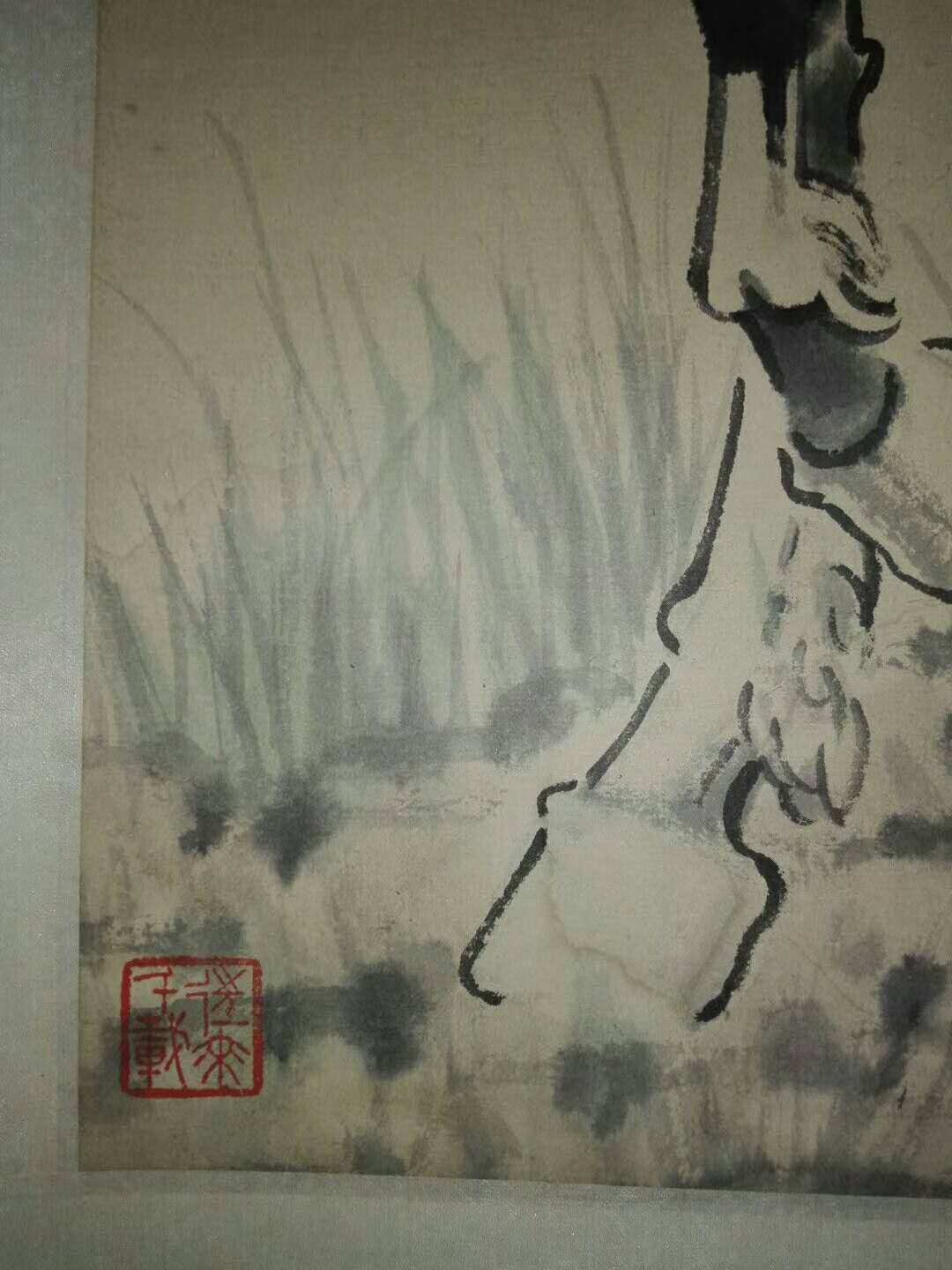 The galloping horse painted by Xu Beihong is extraordinary, unrestrained and unrestrained, and the view is thrilling, full of romanticism in the realism. The painter not only regards the horse as a symbol of his painting style, but also a spiritual pursuit, a compliment and eulogy to freedom and passion, and has a high collection value.
The galloping horse painted by Xu Beihong is extraordinary, unrestrained and unrestrained, and the view is thrilling, full of romanticism in the realism. The painter not only regards the horse as a symbol of his painting style, but also a spiritual pursuit, a compliment and eulogy to freedom and passion, and has a high collection value.
作者介绍
徐悲鸿(1895-1953年),现代画家、美术教育家、中国流艺术家画派创始人。江苏宜兴人。曾留学法国学西画,归国后长期从事美术教育,先后任教于中央大学(49年更名南京大学)艺术系、北平大学艺术学院和北平艺专。1949年后任中央美术学院院长。擅长人物、走兽、花鸟,主张现实主义,于传统尤推崇任伯年,强调国画改革融入西画技法,作画主张光线、造型,讲求对象的解剖结构、骨骼的准确把握,并强调作品的思想内涵,对当时中国画坛影响甚大。所作国画彩墨浑成,尤以奔马享名于世。

 王兆奎
王兆奎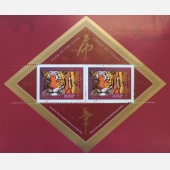 加拿大资深
加拿大资深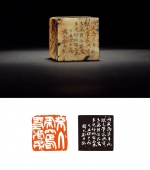 韩天衡
韩天衡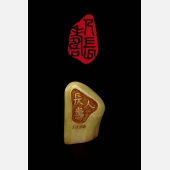 陈维廉
陈维廉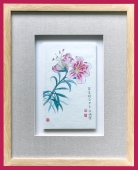 赵映璧
赵映璧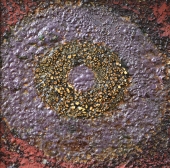 魏新
魏新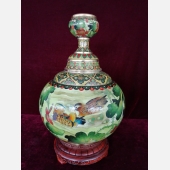 米振雄
米振雄 康蕾
康蕾